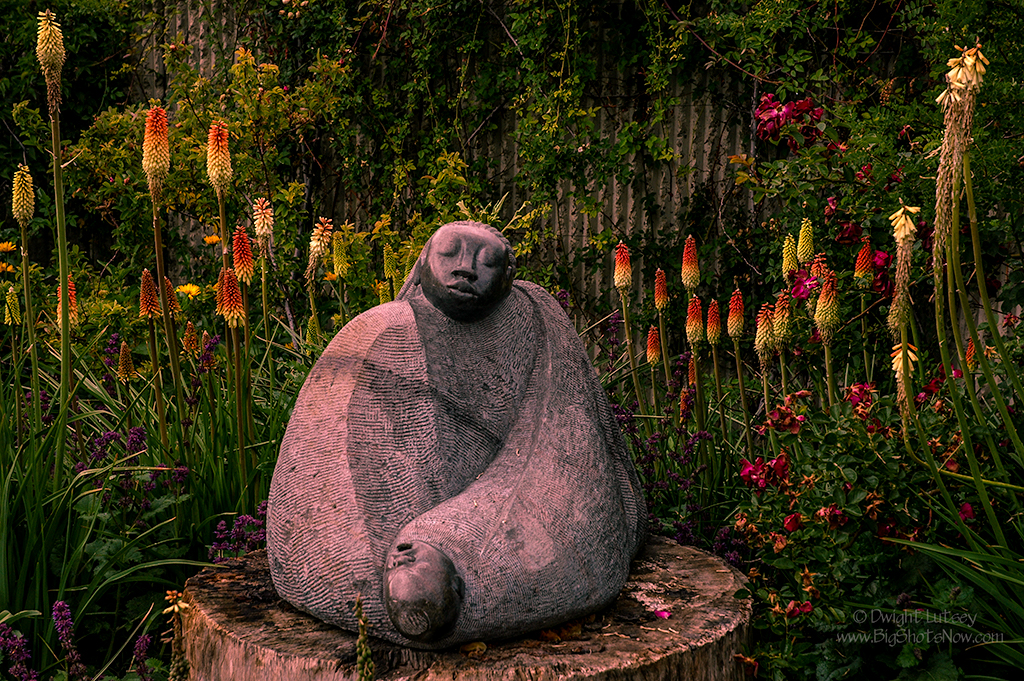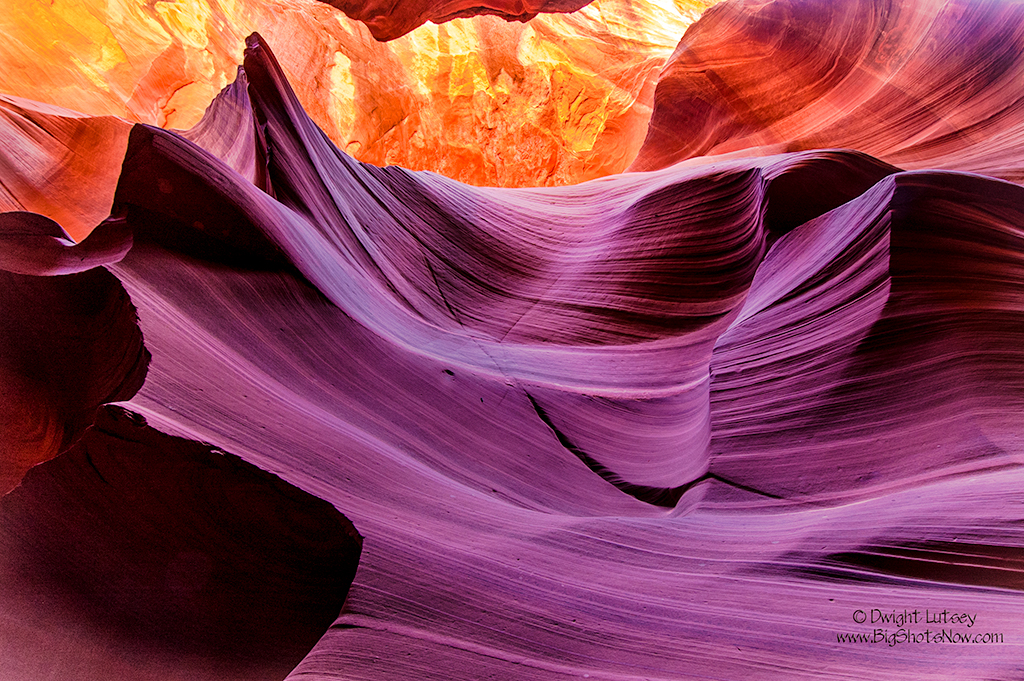As a fallen away sculptor, which means for a long time I was one and now I isn’t but I still think like one, I can speak to art. What it means, how it’s done, where it comes from. For years I worked and taught in bronze, stone, wood and I still see in three dimensions. My photography is based on how I used to conceptualize when I was creating a new piece of sculpture. I could not begin a new work unless I could see it from all sides, including the top and bottom. When it was firmly fixed in my mind then I could begin.
My photography is much like that. I want to be able to think I can see what the back of the sculpture in the image looks like. I want the flowers in the background to give it the depth it needs. Basically what I’m really waiting for is that new Nikon holograph camera, the D99000x HoloStill VR 1.2 mm Infi-Zoom with revolutionary non-removable lens that lets you move around inside the image after you take it. I have repeatedly queried Nikon on its release but they’re being really close-mouthed about it.
The sculpture in the image above is from a collection called Chapungu from Zimbabwe and is made by the incredible Shona sculptors there. The gorgeous stone used is from the serpentine family of stone and dug from the Great Dyke that runs across Zimbabwe and is called Springstone. This particular form of sculpture seems to bring out more emotion and story content that I have ever seen in other stone. I don’t care if it is Carrara marble from Italy or alabaster from the mines of Colorado. When you see the black forms from this grey stone appear you are seeing life caught in stone.
Art is in the eye of the beholder and I think that is what every beholder sees when they first view these sculptures. I know I did and I’m an art guy. You can be one too, whether you are or not, just get out and look.



You must be logged in to post a comment.